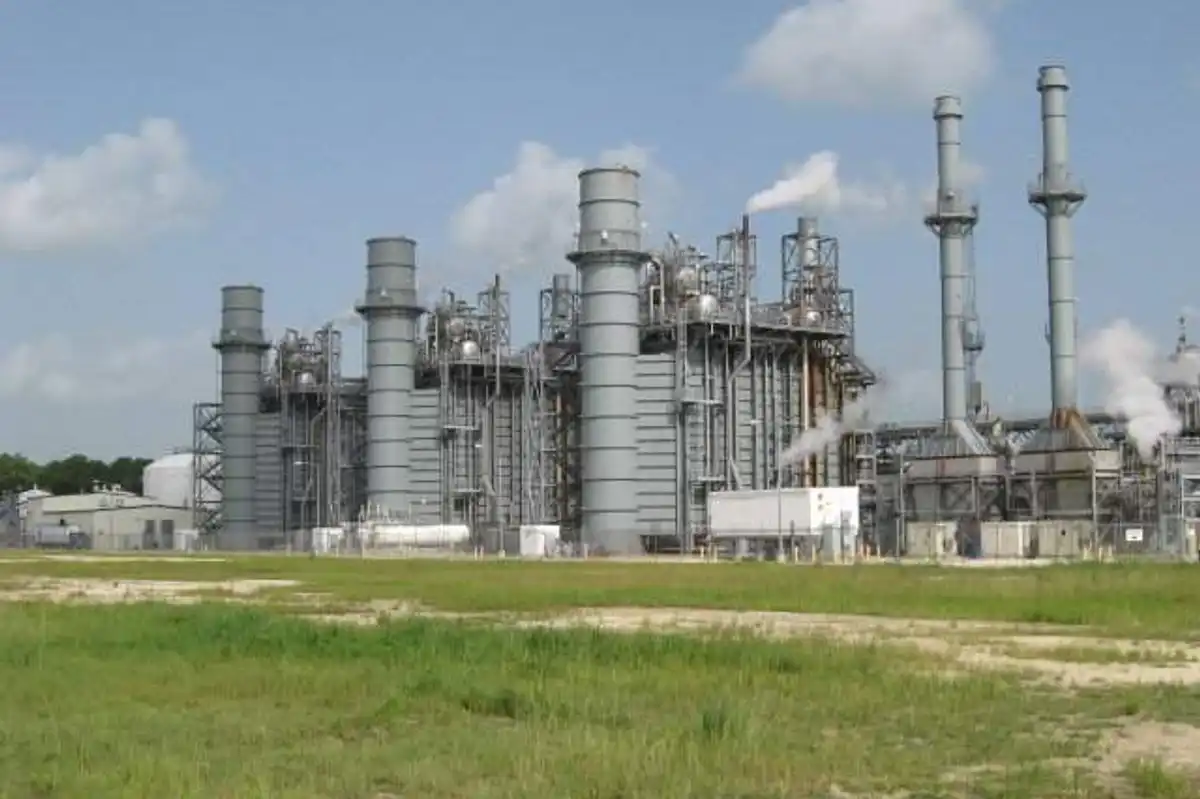Honeywell, Weatherford partner on emissions management for energy industry
team work
Two major corporations have teamed up to provide a comprehensive emissions management solution that should have an impact on the energy transition.
Houston-based Weatherford and North Carolina-based Honeywell, which has a significant presence in Houston, announced the partnership that will combine Honeywell's emissions management suite with Weatherford's Cygnet SCADA platform.
Customers will be able to use the new tool "to monitor, report, and take measures to help reduce greenhouse gas emissions, flammable hydrocarbons, and other potentially dangerous and toxic gases," per a news release.
"Through this collaboration with Honeywell, we have built an alliance that further bridges the gap between technological excellence and environmental stewardship," Girish Saligram, president and CEO of Weatherford, says in the release. "Together, our transformative offering provides cutting-edge tools and actionable data to help customers reach their sustainability goals with confidence and efficiency."
The combined platform will provide upstream oil and gas operators a way to access emissions data in near real-time to better make business decisions on potential issues and meeting regulatory requirements. Additionally, the software should equip users with ways to improve efforts to reach environmental goals.
Honeywell's partnership with Weatherford highlights the importance of empowering organizations with solutions that can help quantify and reduce emissions within the energy industry," Pramesh Maheshwari, president of Honeywell Process Solutions, adds. "By integrating our emissions management solution with Weatherford's well lifecycle technology, our customers can now accurately set targets and monitor near real-time progress on their path to net-zero."
Last fall, a Houston-based unit of industrial conglomerate Honeywell unveiled a gas meter capable of measuring both hydrogen and natural gas. Honeywell’s European launch follows a Dutch test of the EI5 smart gas meter, which the company touts as the world’s first commercially available hydrogen-ready gas meter.











